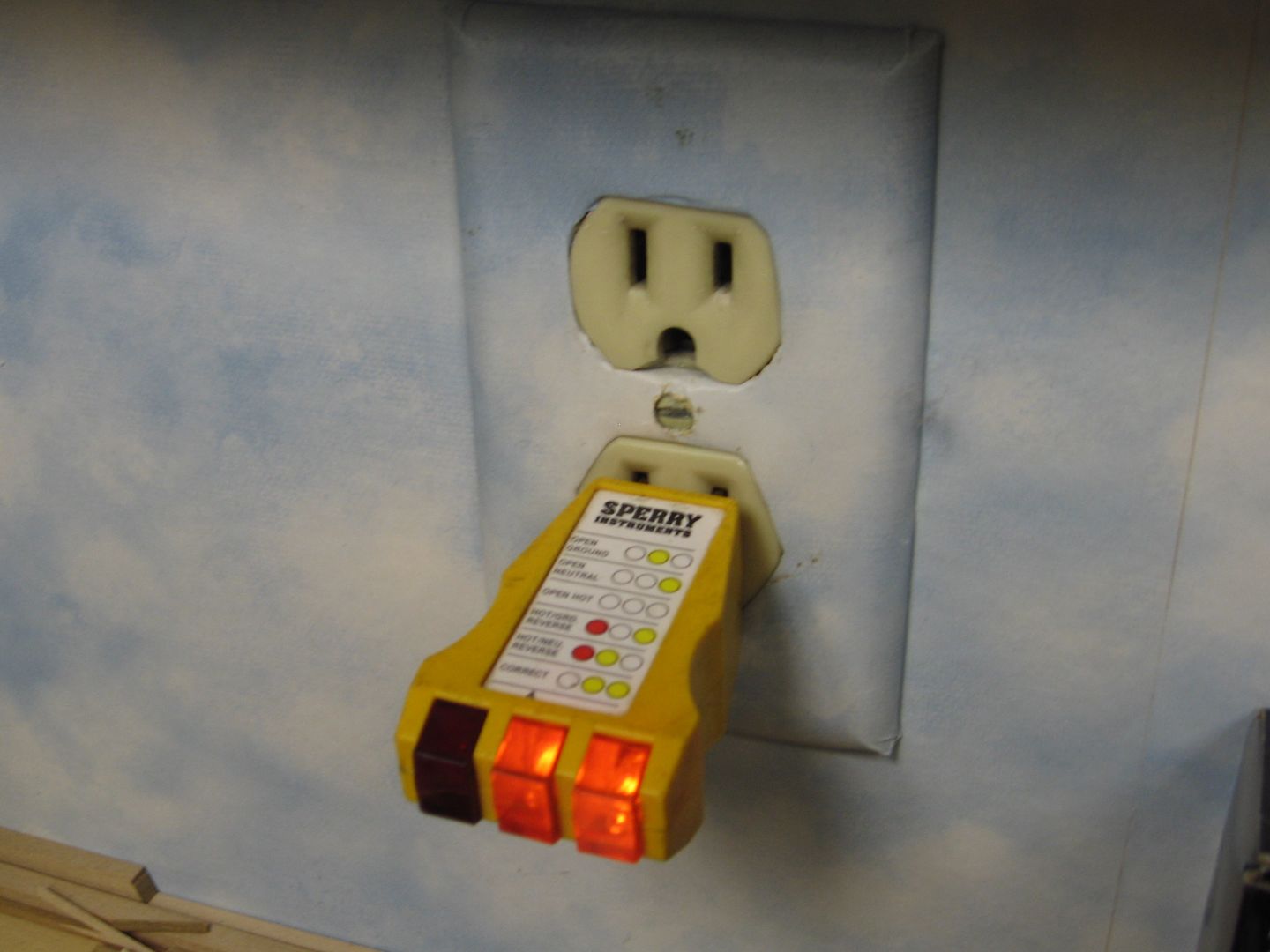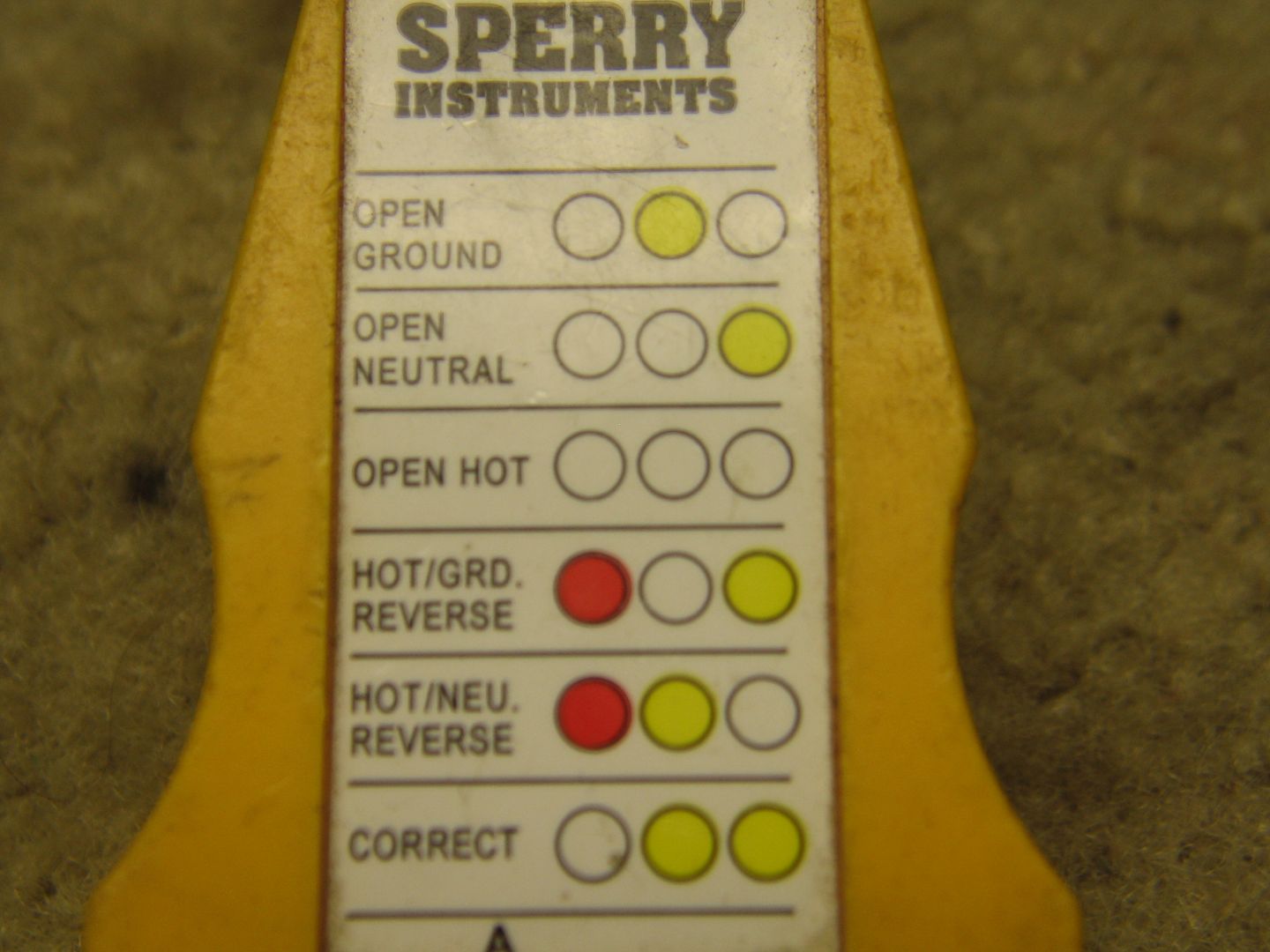Returning to the subject, the issue with a toy train layout is that all the devices connected with it should be in compliance with the requirement that isolation from both sides (hot and neutral) of the 120-volt house circuit be provided on the layout. Since the green grounds are connected in the panel box to the neutrals, the green ground is equally hazardous as the neutral wire, in this requirement (that is, it is half of a potentially deadly 120-volt circuit).
In addition, the green ground can (during certain faults not immediately corrected due to certain deficiencies in breakers or wiring) carry certain elevated voltages. The obvious example is a dead short in the receptacle outlet, to the box if metal, that is not cleared by the breaker. Half the drop will occur in the hot wire, and half in the green ground. Thus this ground will become 60-volts ac hot at the outlet.
This is twice the permitted touch voltage of 30-volts ac on the layout (or on any electrical terminal which can be touched, such as bell or thermostat circuits). The corresponding peak voltage matters, it is 42 volts. At the time (long ago) it was thought to be equivalent to 42 volts DC. At that time, the lowest DC voltage known to be dangerous (by experience) was 44 volts DC. It is now believed to be a more complex relationship, but the standard has been unchanged to this day; it may be slightly conservative.
The highest voltage a PW ZW can produce is 28 volts* (there was a short run of a version which had an 8-volt coil in place of one of the 6-volt coils; I don't know if this version could have produced 30 volts). The Z-4000 maximum is 28-volts; I am given to understand that it has a continuous maximum of 28-volts regardless of setting. This is the primary reason to always phase transformers when using more than one of them. (*Remember to add 1-volt to the marked 20-volts because of the ca-1954 change from 115v to 120v in household service; and to add 1-volt for the 5% permitted system over-voltage: all in addition to the usual 6-volt boost for the whistle motor.)
I can provide some examples of the ways in which ground wires become electrified; an example of serious consequences from this (on a subway platform); examples of household breakers not clearing a short (not unheard of); and explain the convoluted way in which the Code technically doesn't allow a ground wire to be added to the PW ZW cordset. Finally, I need to agree with a statement above that a GFPP (or GFCI as you prefer) functions equally well in either grounded or ungrounded circuits and is on balance the better choice, particularly if two are provided in series. In contrast, the ground wire is of use only if it can effectively trip the breaker on the circuit-- a problem with which the NEC has grappled with for over 50 years, and which still remains a work in progress.
I cannot provide any examples of serious consequences from toy train voltages. That is one of the reasons why we are permitted our 10 amp outputs and large amounts of power in single devices. The attention given here to proper phasing is a major contribution of this board. We should all strive to keep it that way. Hopefully I have contributed a little to the understanding of some of the other issues.
--Frank







